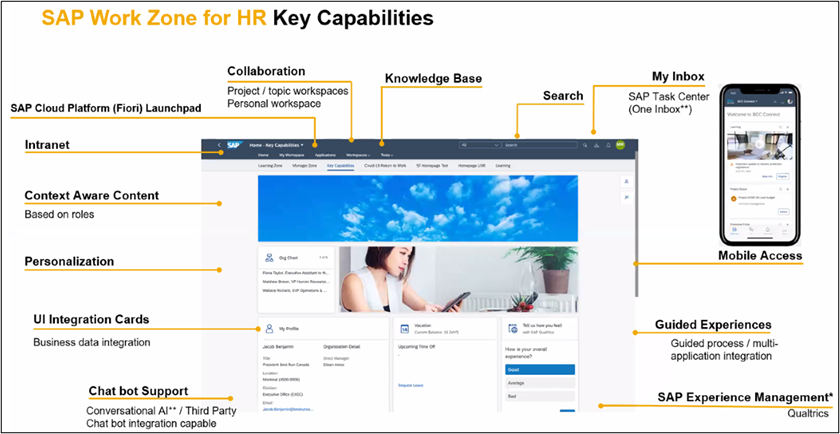5 steps towards re-skilling your workforce
As our working environment continually changes it is evident that what and how things were done yesterday will not be aligned with what and how things need to be done tomorrow. Prior to the COVID-19 pandemic skill gaps were already evident in organisations; now with continued disruption, the emergence of a “distance economy”, and the acceleration of the digitisation of work this gap will widen, unless we act now and re-skill our workforce.
Background
More than half of companies around the world cannot find the skills they are looking for; which is almost double what it was a decade ago.
In 2017 the McKinsey Global Institute estimated that 14 percent of the global workforce, that is around 375 million workers, would have to switch occupations or acquire new skills by 2030 because of automation and artificial intelligence. Now, while we wrestle what work is and how we do it in a global pandemic, it is even more evident that our workforce is evolving.
However, where do we start? Executives, in a recent McKinsey Global Survey, expressed that the way forward was something that the majority where grappling with: while they knew they had gaps, less than half of the executives had a clear sense of how to address the problem.
The way forward
Embrace a future orientation. The challenges that leaders face in navigating their businesses through re-skilling is how to optimize for today; yet create value for the future. It is about figuring out what skills are needed to adapt to rapidly changing conditions, and companies learning how to easily match workers to new activities and projects. This dynamic is more than remote working or the role of automation and AI. It’s about how leaders can reskill and upskill the workforce to deliver new business models in the post-pandemic era.
To meet this challenge, we recommend companies craft a talent strategy that develops employees’ critical digital and cognitive capabilities, their social and emotional skills, and their ability to be adaptive and resilient. Now is the time for companies to double down on their learning budgets and commit to reskilling. Developing this muscle will also strengthen companies for future disruptions.
At HR Path we recommend that our clients take the following 5 steps to prepare their workforce for the future:
- Identify the skills required for the future. What is your recovery business model? How does it differ to before? What skills are required to deliver on this strategy?
- Apply a skills-based total talent management approach. What are the skills of your current total workforce (not just FTE)? What skill gaps need to be filled? What is the best strategy to fill those gaps (build, borrow, buy)?
- Enhance the experience with technology. Which technology can enhance the experience and provide leaders with readily accessible data so that critical skills can be easily deployed to solve client issues or deliver on critical projects?
- Adopt learning in the flow of work to close critical skills gaps. How can the focus move from static content to embedded human-centred learning experiences? How do you measure impact of knowledge transfer on on-the-job behaviours and actions? How can learning journeys be tailored?
- Now is the time to pivot. If you pause too long you risk losing your competitive advantage. Start small, test, review, iterate; and roll it out further.
Early results are in
A recent McKinsey study showed that most companies that have embarked on reskilling programs reported the business impact from the programs has been greater than or equal to the investment in the program, with 48 percent reporting that the programs are already enhancing the bottom-line growth. Respondents also see other benefits: most say their organizations’ reskilling efforts have improved performance on seven other key performance indicators, including employee satisfaction and customer experience. Also, organizations that have commenced reskilling efforts are more than twice as likely as others to say their organizations are prepared to address potential role disruptions (53 percent, compared with 24 percent of all others).
HR Path understands and we are here to work with you to navigate the unfamiliar waters of re-skilling you workforce. If you would like to schedule a call with one of our Consultants – free of charge – please contact us today. Be sure to reach out to us to learn more.








